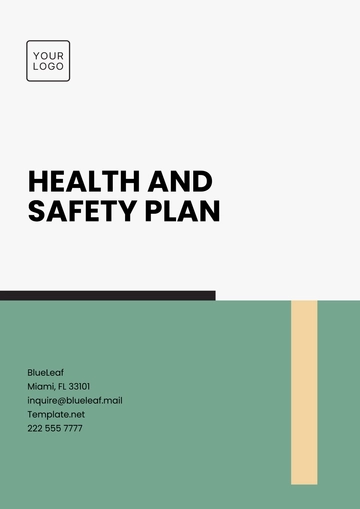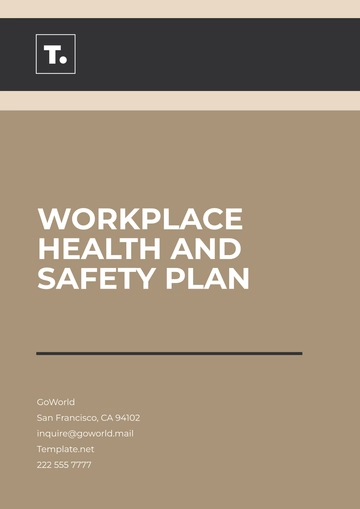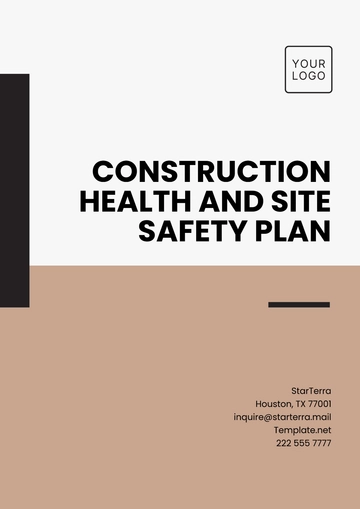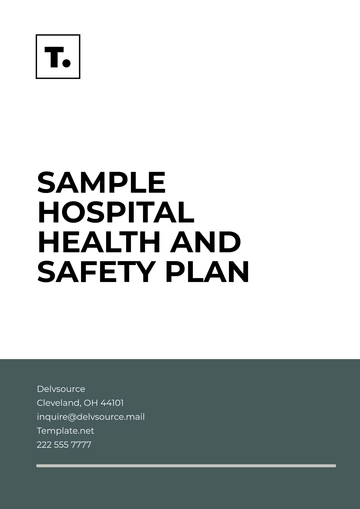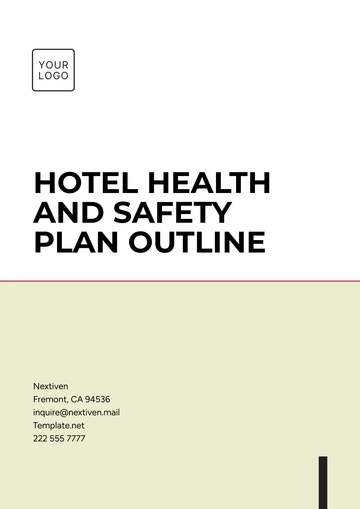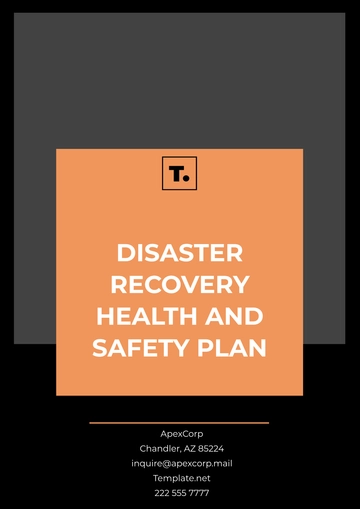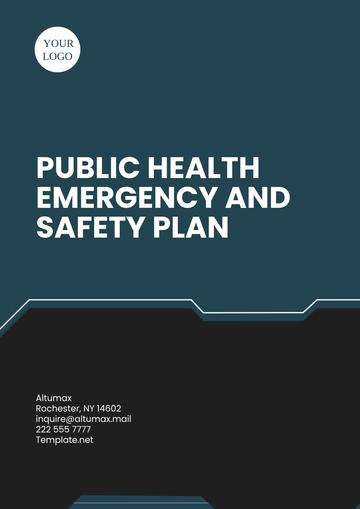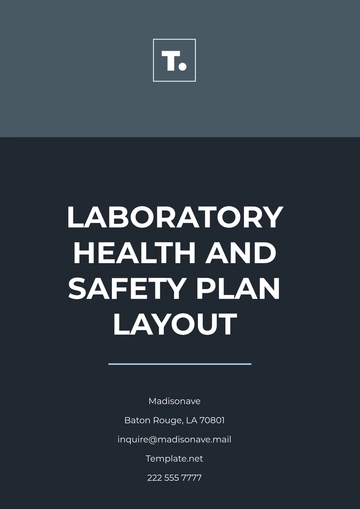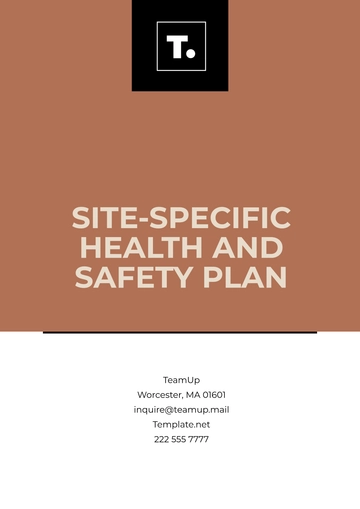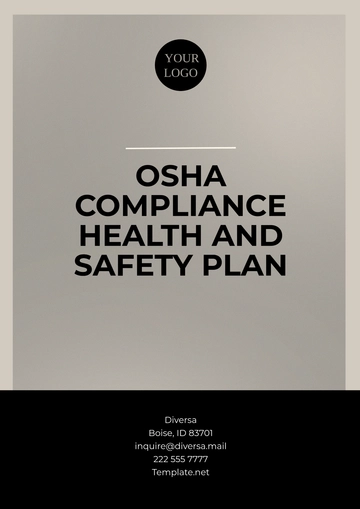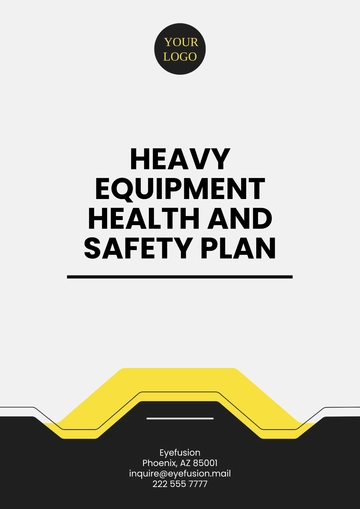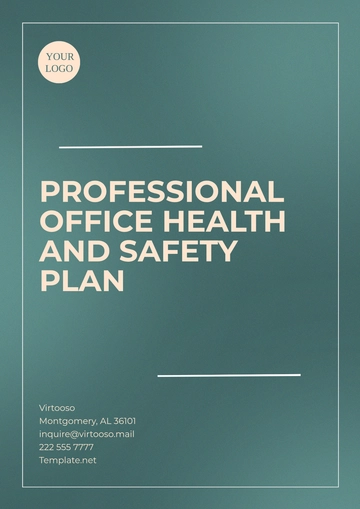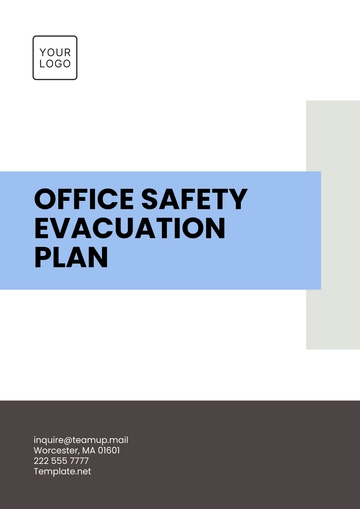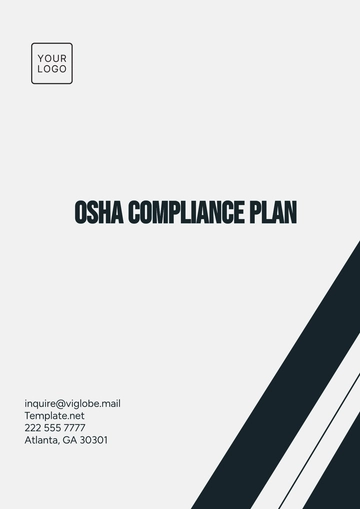Free Bipolar Safety Plan
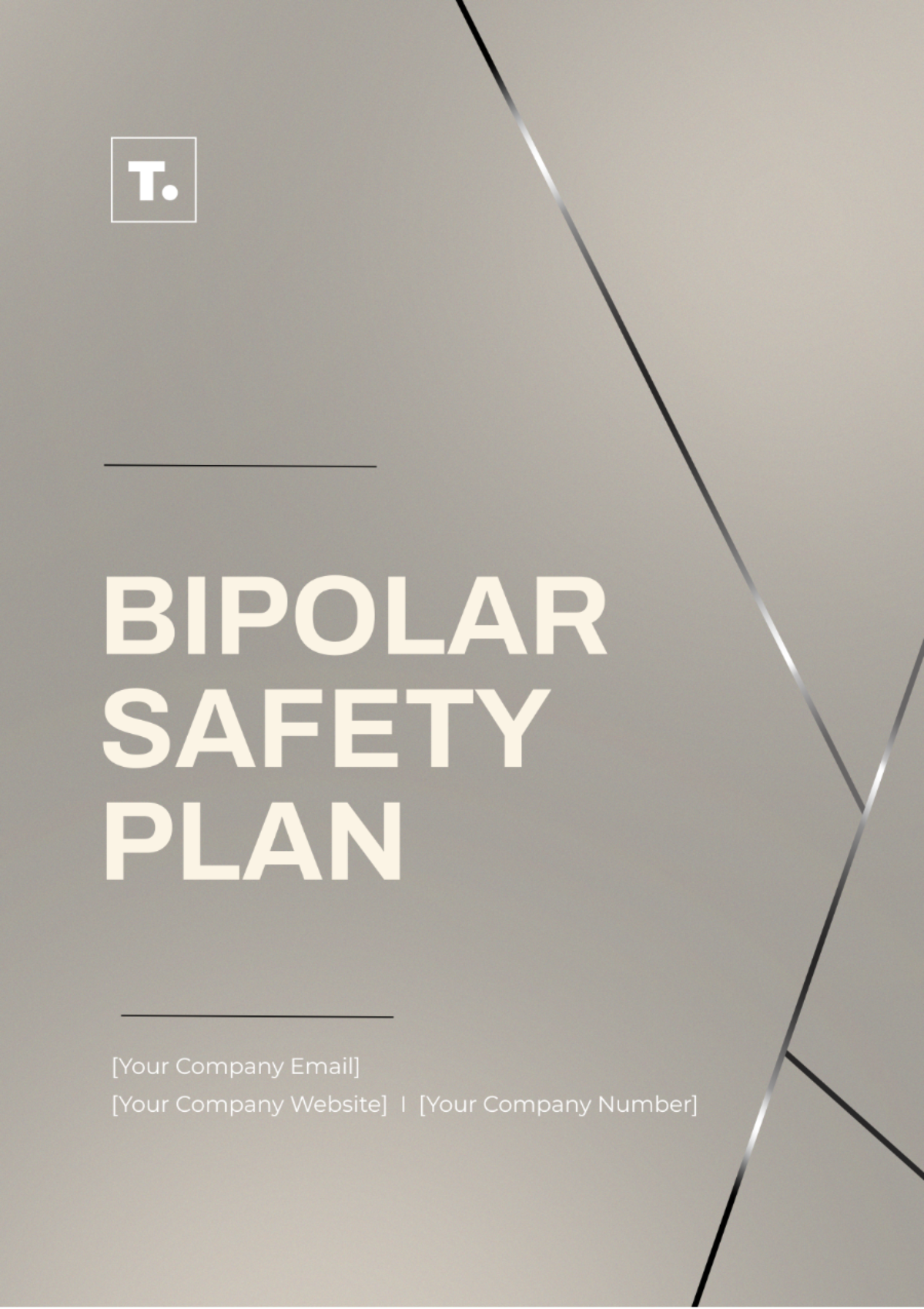
Written by: [Your Name]
_____________________________________________________________________________________
I. Personal Information
Name: | [Your Name] |
Date of Birth: | [Your Date of Birth] |
Address: | [Your Address] |
Therapist/Counselor: | [Therapist/Counselor Name] |
Psychiatrist: | [Psychiatrist Name] |
II. Triggers and Warning Signs
Triggers
Stressful situations at work or home
Lack of sleep
Changes in routine or medication
Warning Signs
Racing thoughts and inability to concentrate
Extreme irritability or agitation
Changes in sleep patterns (insomnia or hypersomnia)
III. Coping Strategies
Mindfulness Techniques
Deep breathing exercises
Progressive muscle relaxation
Self-Care Activities
Engaging in hobbies (painting, gardening)
Spending time in nature
Social Support
Reaching out to friends or family for support
Attending support groups or therapy sessions
IV. Safety Planning
Identify Safe Spaces
Home: Ensure a safe and calm environment
Friend's house: Have a trusted friend or family member to stay with
Remove Access to Lethal Means
Store medications in a locked cabinet
Remove sharp objects or firearms from the vicinity
Emergency Contacts
National Suicide Prevention Lifeline: [Phone Number]
Crisis Text Line: Text [Text Number] for support
Creating a Crisis Kit
Include calming activities (coloring book, stress ball)
List of emergency contacts
V. Professional Support Network
Healthcare Provider
Regular appointments for medication management
Discussing treatment options and adjustments
Therapist/Counselor
Cognitive-behavioral therapy sessions
Developing coping skills and strategies
Psychiatrist
Medication evaluation and monitoring
Adjustments to medication regimen as needed
VI. Medication Management
Prescription Medications
Lithium: [Dosage and Frequency]
Lamotrigine: [Dosage and Frequency]
Side Effects to Monitor
Nausea or vomiting
Dizziness or blurred vision
VII. Emergency Action Plan
Signs of Acute Crisis
Suicidal thoughts or intent
Manic or depressive episode beyond control
Steps to Take
Contact emergency services or go to the nearest emergency room
Inform emergency contacts and healthcare providers
VIII. Follow-Up and Review
Schedule Regular Check-Ins
Monthly appointments with healthcare provider
Bi-weekly therapy sessions for support and evaluation
Review and Update Plan
Quarterly review of triggers and warning signs
Adjustments to coping strategies and safety plan as needed
- 100% Customizable, free editor
- Access 1 Million+ Templates, photo’s & graphics
- Download or share as a template
- Click and replace photos, graphics, text, backgrounds
- Resize, crop, AI write & more
- Access advanced editor
Introducing the Bipolar Safety Plan Template by Template.net, designed to empower individuals with a comprehensive roadmap for managing their bipolar disorder. This editable and customizable tool, available on Template.net, offers tailored solutions for creating personalized safety plans. Crafted with precision, it's seamlessly editable in our AI tool, ensuring efficiency and ease.
You may also like
- Finance Plan
- Construction Plan
- Sales Plan
- Development Plan
- Career Plan
- Budget Plan
- HR Plan
- Education Plan
- Transition Plan
- Work Plan
- Training Plan
- Communication Plan
- Operation Plan
- Health And Safety Plan
- Strategy Plan
- Professional Development Plan
- Advertising Plan
- Risk Management Plan
- Restaurant Plan
- School Plan
- Nursing Home Patient Care Plan
- Nursing Care Plan
- Plan Event
- Startup Plan
- Social Media Plan
- Staffing Plan
- Annual Plan
- Content Plan
- Payment Plan
- Implementation Plan
- Hotel Plan
- Workout Plan
- Accounting Plan
- Campaign Plan
- Essay Plan
- 30 60 90 Day Plan
- Research Plan
- Recruitment Plan
- 90 Day Plan
- Quarterly Plan
- Emergency Plan
- 5 Year Plan
- Gym Plan
- Personal Plan
- IT and Software Plan
- Treatment Plan
- Real Estate Plan
- Law Firm Plan
- Healthcare Plan
- Improvement Plan
- Media Plan
- 5 Year Business Plan
- Learning Plan
- Marketing Campaign Plan
- Travel Agency Plan
- Cleaning Services Plan
- Interior Design Plan
- Performance Plan
- PR Plan
- Birth Plan
- Life Plan
- SEO Plan
- Disaster Recovery Plan
- Continuity Plan
- Launch Plan
- Legal Plan
- Behavior Plan
- Performance Improvement Plan
- Salon Plan
- Security Plan
- Security Management Plan
- Employee Development Plan
- Quality Plan
- Service Improvement Plan
- Growth Plan
- Incident Response Plan
- Basketball Plan
- Emergency Action Plan
- Product Launch Plan
- Spa Plan
- Employee Training Plan
- Data Analysis Plan
- Employee Action Plan
- Territory Plan
- Audit Plan
- Classroom Plan
- Activity Plan
- Parenting Plan
- Care Plan
- Project Execution Plan
- Exercise Plan
- Internship Plan
- Software Development Plan
- Continuous Improvement Plan
- Leave Plan
- 90 Day Sales Plan
- Advertising Agency Plan
- Employee Transition Plan
- Smart Action Plan
- Workplace Safety Plan
- Behavior Change Plan
- Contingency Plan
- Continuity of Operations Plan
- Health Plan
- Quality Control Plan
- Self Plan
- Sports Development Plan
- Change Management Plan
- Ecommerce Plan
- Personal Financial Plan
- Process Improvement Plan
- 30-60-90 Day Sales Plan
- Crisis Management Plan
- Engagement Plan
- Execution Plan
- Pandemic Plan
- Quality Assurance Plan
- Service Continuity Plan
- Agile Project Plan
- Fundraising Plan
- Job Transition Plan
- Asset Maintenance Plan
- Maintenance Plan
- Software Test Plan
- Staff Training and Development Plan
- 3 Year Plan
- Brand Activation Plan
- Release Plan
- Resource Plan
- Risk Mitigation Plan
- Teacher Plan
- 30 60 90 Day Plan for New Manager
- Food Safety Plan
- Food Truck Plan
- Hiring Plan
- Quality Management Plan
- Wellness Plan
- Behavior Intervention Plan
- Bonus Plan
- Investment Plan
- Maternity Leave Plan
- Pandemic Response Plan
- Succession Planning
- Coaching Plan
- Configuration Management Plan
- Remote Work Plan
- Self Care Plan
- Teaching Plan
- 100-Day Plan
- HACCP Plan
- Student Plan
- Sustainability Plan
- 30 60 90 Day Plan for Interview
- Access Plan
- Site Specific Safety Plan
